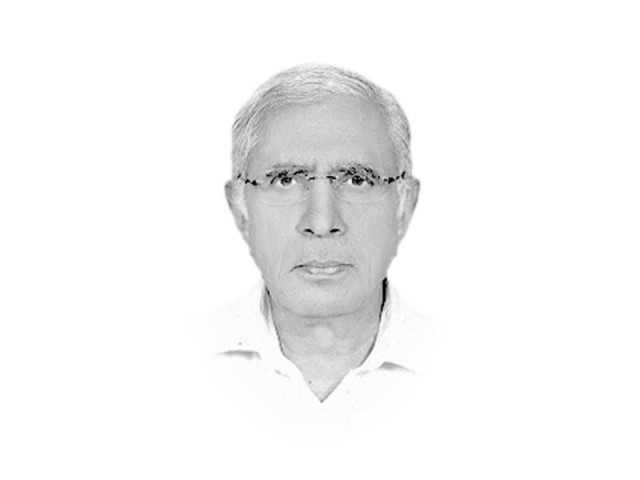
In the absence of official answers to the questions raised above, we can only indulge in informed speculation and conjecture. Those who had witnessed the first Afghan war and its aftermath would find it almost impossible not to agree with the idea of authorities in Islamabad planning to meet the endgame of the current Afghan war with both our feet firmly on ground.
When the first Afghan war ended with the collapse of the Soviet Union, the US walked away leaving Pakistan to deal with the aftermath. And we tried, with the help of Saudi Arabia and UAE, to place a puppet in Kabul but failed miserably as Iran, Russia and perhaps, also India helped the Northern Alliance foil our attempt to achieve the so-called strategic depth in Afghanistan. Understandably, our new plan to meet the endgame post-2014 withdrawal of foreign troops from Afghanistan is, perhaps, based on the premise that the US would once again walk away from the region leaving Pakistan to deal with the aftermath. That is, perhaps, why we tried all these years to remain on the right side of the Afghan Taliban by letting the Quetta Shura do what it did until the US conveyed to us, in very clear terms but without making the threat public, that drones could be sent to Quetta as well. But we kept the top Taliban leadership safe and secure under the so-called protective custody waiting for the endgame to begin so that after the withdrawal we could use ‘our Afghan Taliban’ to have a decisive say in Kabul.
Perhaps, both the US and the Karzai government realised what we were up to and that is perhaps, why pressure was once again mounted on Pakistan to ‘release’ the Afghan Taliban in Pakistan’s ‘custody’ on the excuse that these elements would help in the process of reconciliation and post-withdrawal peace and stability in wartorn Afghanistan. Once again, we succumbed to pressure and let go most Afghan Taliban leaders in Pakistan’s custody, except of course, Mullah Omar who is not in our ‘protective custody’ but who is said to be accessible only to Pakistani authorities and that, too, after a fortnight’s effort.
In the first place, the premise that the US would walk away from Afghanistan after 2014 is wrong. And it is doubly wrong to presume that it would leave the aftermath to be dealt with by Pakistan. No US boots were involved in the first Afghan war and so, it was easy for Washington, then, to walk away. This time the boots are very much there and it is going to be a drawdown and not a complete withdrawal. Also, the US has raised a 350,000 strong Afghan Army which would, after the 2014 drawdown, look after the internal and external security of the country, guided closely by the residual US army units. And there is going to a presidential election in six months’ time in Afghanistan. In this scheme of things, one finds it almost impossible to see any place for the Afghan Taliban or Pakistan in post-2014 Afghanistan.
Published in The Express Tribune, September 25th, 2013.
Like Opinion & Editorial on Facebook, follow @ETOpEd on Twitter to receive all updates on all our daily pieces.














COMMENTS
Comments are moderated and generally will be posted if they are on-topic and not abusive.
For more information, please see our Comments FAQ